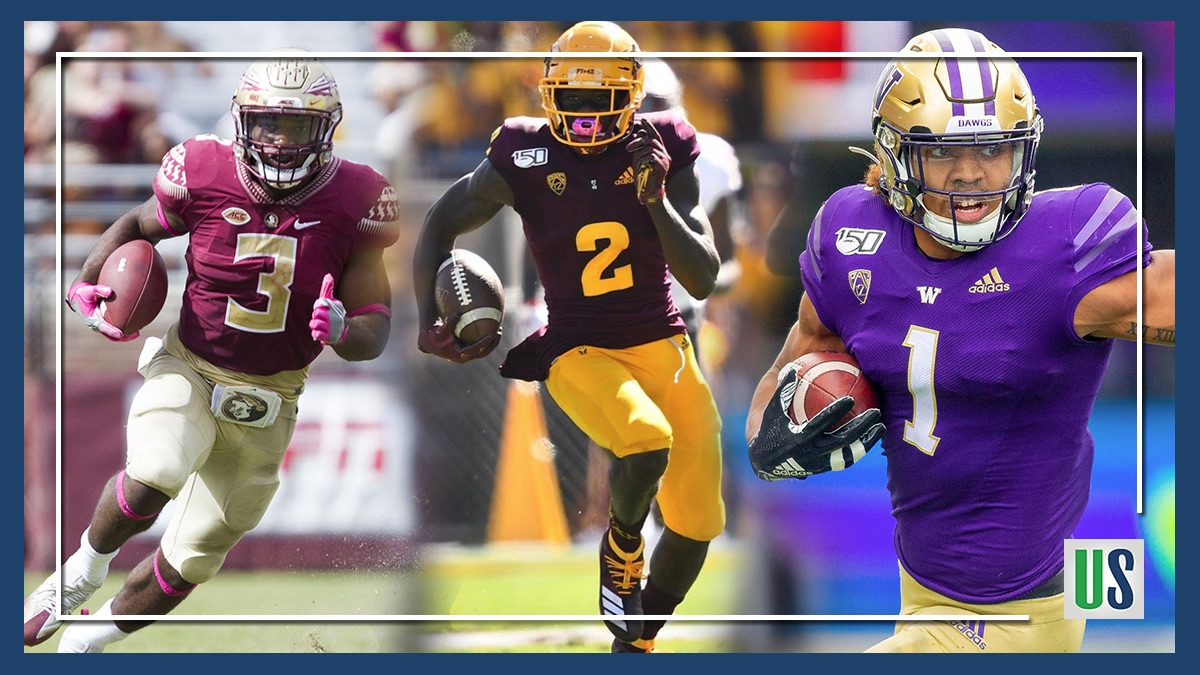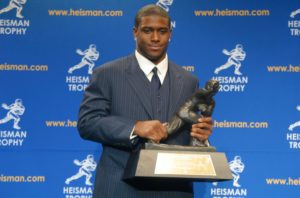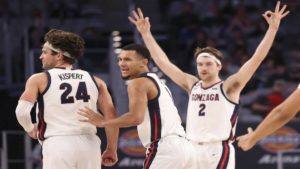
As the college football post-season begins, the list of players opting out of post-season play continues to grow. This is not a new phenomenon. In fact, it appears to be a growing trend. Several players have already announced their intentions to sit out of bowl games. A couple of those players include Brandon Wimbush from Notre Dame and Kamal Martin from Minnesota. More and more players are unwilling to risk injury to participate in bowl games. Many fans heavily criticize players who opt-out.
For instance, West Virginia University starting quarterback, Will Grier, faced heavy criticism last year when he opted out of the Camping World Bowl. What many fans refuse to acknowledge is that football players are not obligated to play in bowl games. Players opt-out to avoid the risk of injury and to focus on preparing for the upcoming NFL Draft. Fans argue that players who opt out are quitting on their teams and leaving an obligation unfulfilled.

However, nothing could be further from the truth. Players opt-out of the bowl games to protect themselves and their professional earning potential. The findings in the United States Senator Chris Murphy’s report highlights this very point. It demonstrates how susceptible football players are to career injuries. The report also shows the lack of support many athletes receive after suffering an injury. After reading Senator Murphy’s latest report on college athletics, fans will see why many players decide bowls games are not worth the risk. Fans will hopefully think twice before judging a player’s decision to sit out of a bowl game.
Senator Chris Murphy’s Madness, Inc. Reports
Senator Chris Murphy recently published his last installment of the Madness, Inc. Report. The report is a three-part series where Senator Murphy highlights the unjust and exploitative nature of college athletics. The first report came after fans witnessed Zion Williamson suffer an injury when his Nike shoe malfunctioned. The report is entitled Madness, Inc. How Everyone is Getting Rich off College Sports – Except the Players. It exposes just that, the fact that everyone gets rich in college athletics except the athletes. Coaches, conferences, and schools make millions. The NCAA is a billion-dollar non-profit organization. Meanwhile, the athletes are restricted to a cost-of-attendance scholarship.
The second report is entitled Madness, Inc. How Colleges Keep Athletes on the Field and Out of the Classroom. It revealed the excessive time demands that an athlete’s sport places on him. It highlights how difficult it is for an athlete to give adequate time to the sport and to their coursework. Due to the time constraints, many athletes select a less demanding major even if it is not their truly desired subject. The final report lays out all of the reasons many football players decide to not compete in bowl games. It is entitled Madness, Inc. How College Sports Can Leave Athletes Broken and Abandoned. The report explains how many athletes are left with broken bodies and no viable recourse.
College Players: Career-Ending Injuries and No Degree
Per the report, every year there are over 20,000 injuries in college football alone. Of those injuries, approximately 1,000 of them are spinal injuries. These injuries often lead to a lifetime of grief for the athlete. Some injuries are career-ending. Unfortunately, that was the case for Stanley Doughty. Per the report, Doughty played football for the University of South Carolina. After giving his talent and his body away for essentially free, he landed a contract with the Kansas City Chiefs. However Doughty was never able to play a single down for the Chiefs due to a cervical spine injury he sustained as a college football player.
Doughty was forced to play through his pain. The school never ordered an MRI to make sure Doughty was ok. Due to a neglected injury, Doughty was never able to earn his worth for his talents as a professional football player. To make matters worse, the University would not pay for him to re-enroll in school to finish his degree. Doughty was left with no NFL future, no degree, jobless, and injured. It is these types of situations that lead players to sit out of bowl games. Due to stories like Doughty’s and the risk of injury, players are unwilling to have their potential NFL futures taken away in what amounts to an exhibition game.
Loyalty is a Two Way Street
Some fans argue that a player who opts out of a bowl game lacks loyalty. Why should a player be loyal to a system that is not loyal to him? Neither the schools nor the NCAA is loyal to the players, especially when it comes to matters of athlete safety. Each entity tries to pass the responsibility of player safety on to the other. Per the report, only 1 page out of the NCAA’s Division I 400-page manual is devoted health care for athletes. The NCAA requires athletes to have insurance in order to compete. However, the NCAA does not require schools to cover health care costs to field a team. The NCAA leaves those decisions regarding health care to the schools.
The NCAA has a history of doing all it can to limit its liability to injured athletes. The term “student-athlete” was coined to do just that. In the1950s, the NCAA created the term to avoid workmen’s compensation liability for the death of a football player who died from a head injury. The NCAA establishes guidelines for schools to follow regarding athlete safety. However, the organization does very little to enforce those guidelines. For example, in 2016, the NCAA along with sports medicine leaders established rules to limit the influence coaches have in the employment of sports medicine personnel. However, the NCAA asserts little authority to ensure these rules are being enforced. Per the report, the NCAA has yet to create an enforcement and penalty process for such rule violations.
The NCAA’s Handling of Concussions
Furthermore, the NCAA dropped the ball in regards to the long-term effects that concussions have on college athletes. While the NCAA has made recommendations to its members regarding concussion management, the NCAA has done little to enforce it. For example, as early 1933 the NCAA made recommendations to its members regarding concussion protocol. Specifically, the NCAA recommended that athletes who suffered a concussion be removed for a significant amount of time. Over the years has made similar recommendations including in 2009. However, the NCAA has done nothing to ensure that its recommendations are followed by its members.
The NCAA and its members’ hands-off approach regarding athlete safety led to the death of Derek Sheely. Sheely was a football player at Frostburg State University. He died from a brain injury he suffered during practice. Coaches told his parents he died from a freak accident. His parents only learned the truth when one of his teammates told them. From this story and other findings highlighted from the report, it is clear that the NCAA and some of its members are not loyal to its athletes. Why do fans expect football players to be “loyal” and risk injury in a bowl game?
After Reading Senator Murphy’s Madness, Inc. Report Fans Should be More Understanding Regarding Football Players Opting Out of Bowl Games
After reading this report, no fan should have an issue with a player opting out of a bowl game. The findings in this report clearly highlight the players’ cause for concern. It is true that a player runs as the risk of injury in any game as the risk of injury is inherent in sports. However, to risk injury in a game that only results in bragging rights and an essentially worthless gift is not in the best interest of the athlete. Especially for a player with high draft potential. This is especially true in a system that appears to leave its injured athletes out to dry as gleaned from the report. Fans should think twice before unfairly criticizing football players who chose to put their best interest first and not risk injury in a bowl game.







No comment yet, add your voice below!